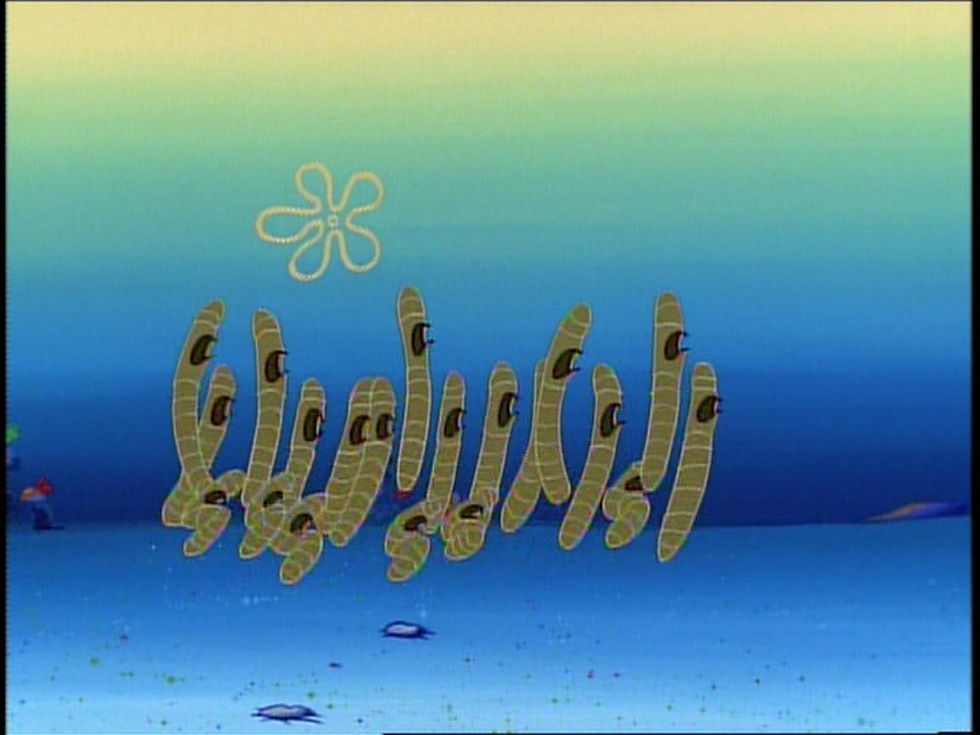
Noah Golestani, Alec Wilson, Nikolai Bottitta, Prakhar Pandey, Thejas Kadur
Nematoda
Nematodes, also known as roundworms, inhabit many different environments and are found in every part of the earth's lithosphere. Of the 1 million roundworm species, about half are estimated to be parasitic. Nematodes have a bilaterally symmetric body and a radially symmetric head.
Examples of nematodes include Ascaridida, Enoplea, and Oxyurida.
All nematoda “breathe” via diffusion. They have a high O2 concentration on one end and a high CO2 concentration on the opposite end of worm. Oxygen diffuses through the skin of the worm into the body cavity, where it is absorbed by the worm's cells (Nematode Respiratory System).
Unlike Platyhelminthes, which rely on their large surface area to facilitate diffusion, nematodes have a body cavity where oxygen can diffuse into to then be transported to the roundworm’s cells. This allows them to take on rounder shapes and respire more efficiently, setting the stage for organisms of many different shapes to be able to respire. Thus, nematodes are more evolved than platyhelminthes and are the evolutionary ancestors of the more complex organisms discussed here.

Common Roundworm

MY!

This dissection of an roundworm shows the central body cavity that allows for a more efficient diffusion of oxygen through the skin

The body cavity increases the surface area of the round worm, allowing for a faster rate of oxygen diffusion.

MY!
Vadym Glushkov ;)
